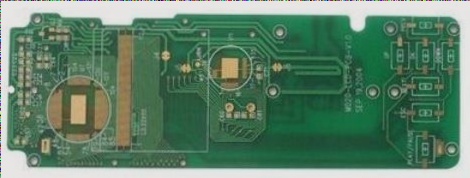Characteristics of PCB Manufacturing Processes
The PCB industry is evolving with technologies like reflow and selective soldering, which offer cost-effective solutions for soldering through-hole components while addressing challenges like temperature sensitivity and oxidation, with selective soldering providing precise, efficient methods for complex, small-scale soldering tasks.










